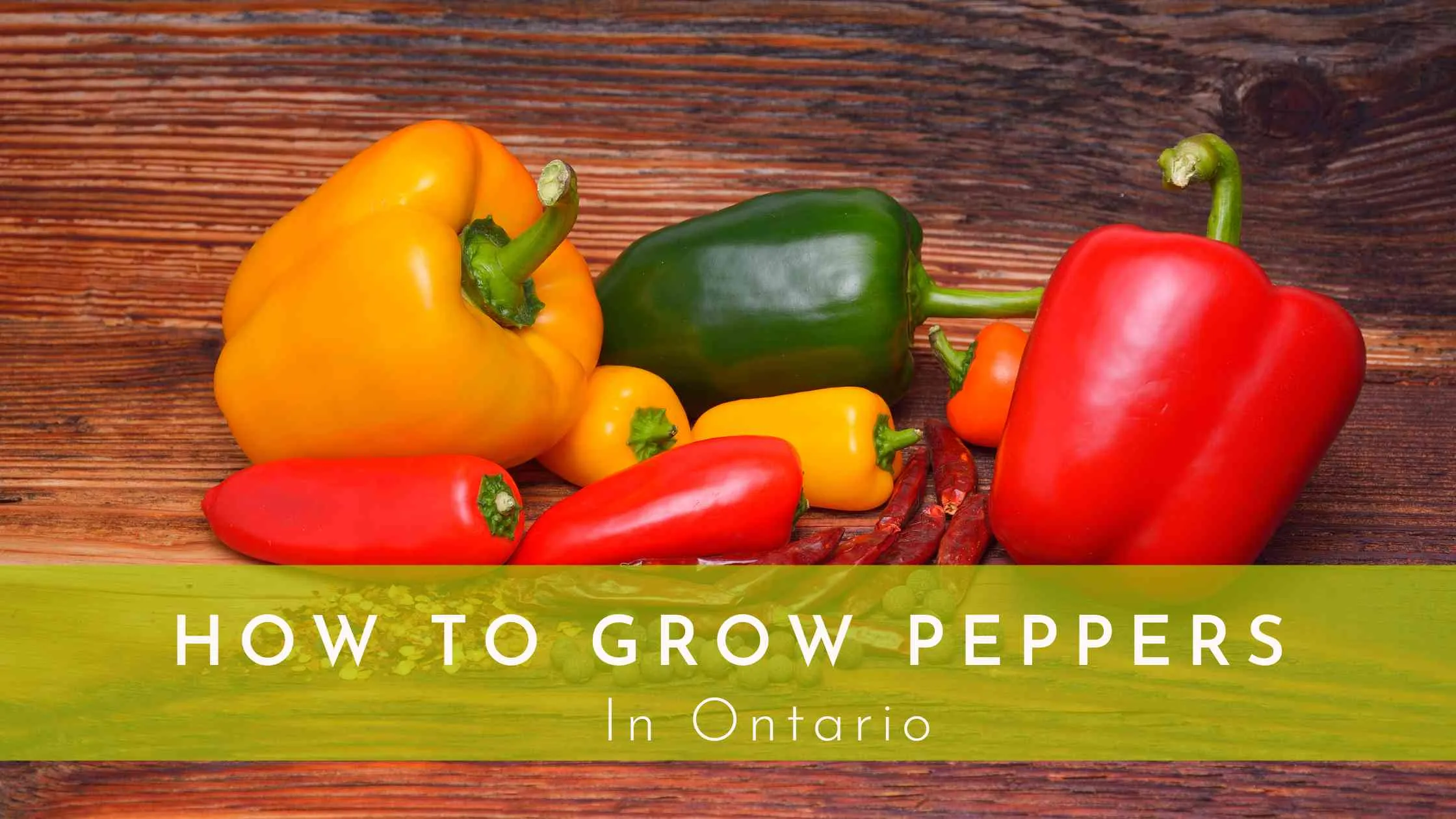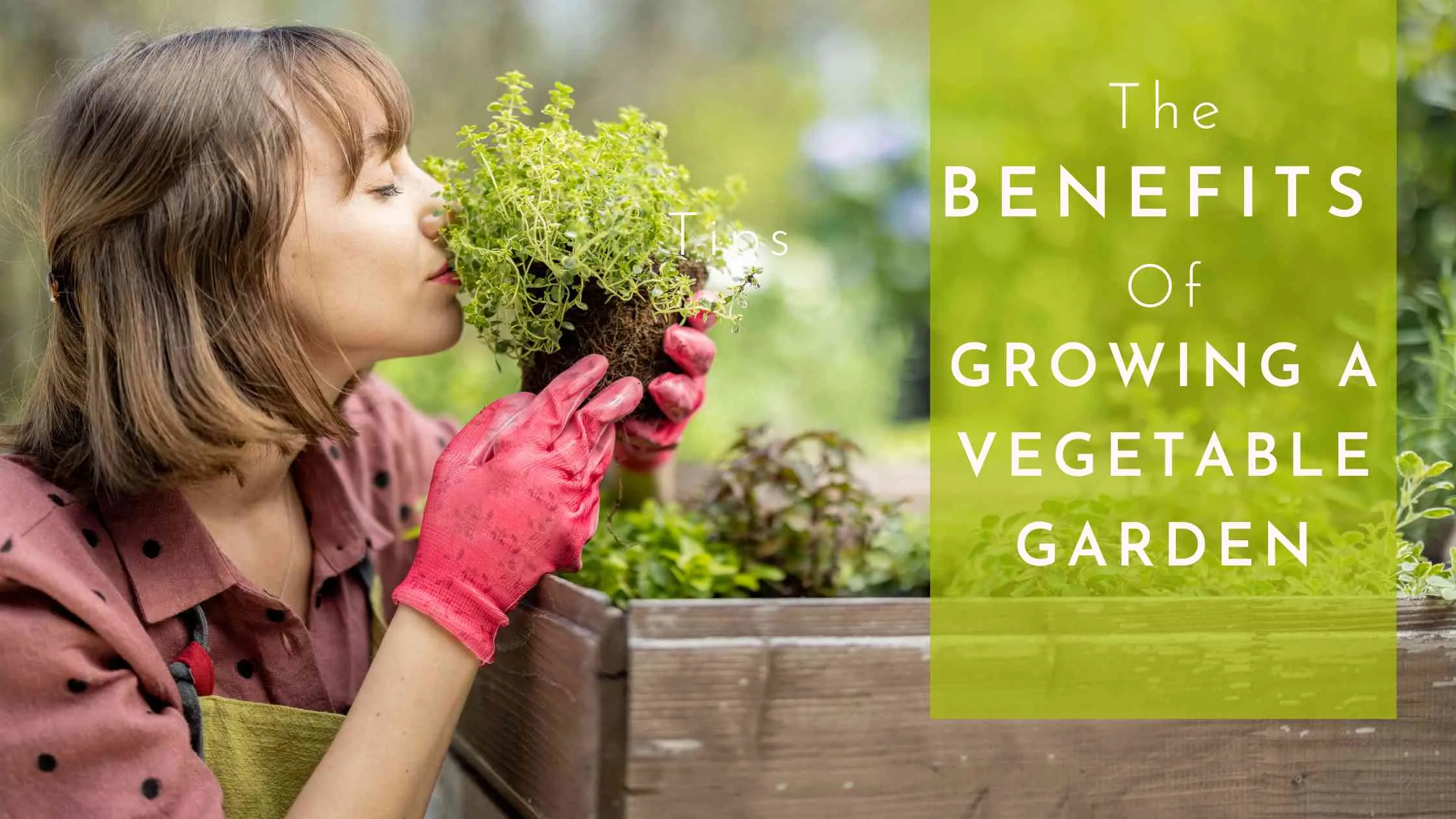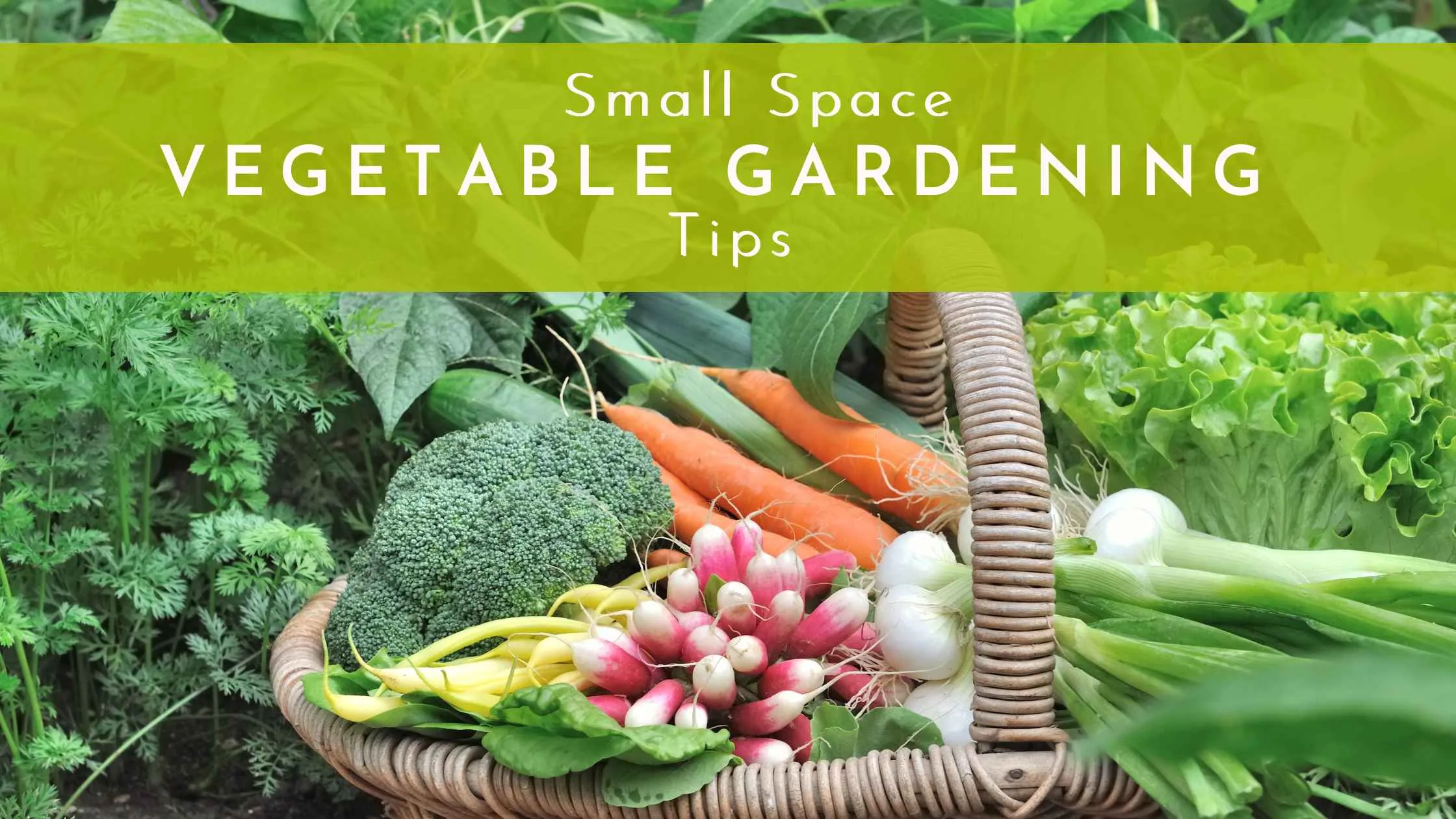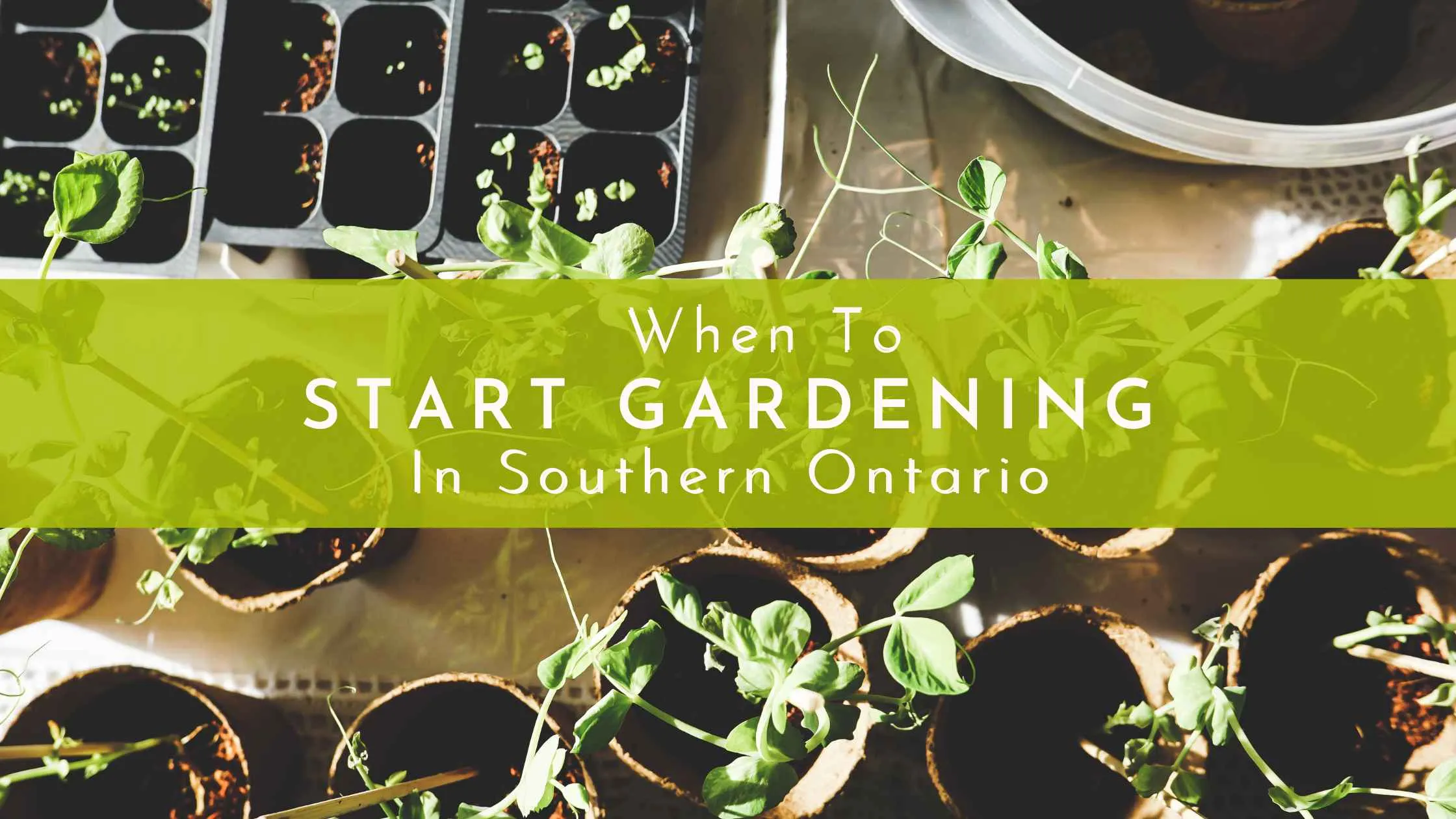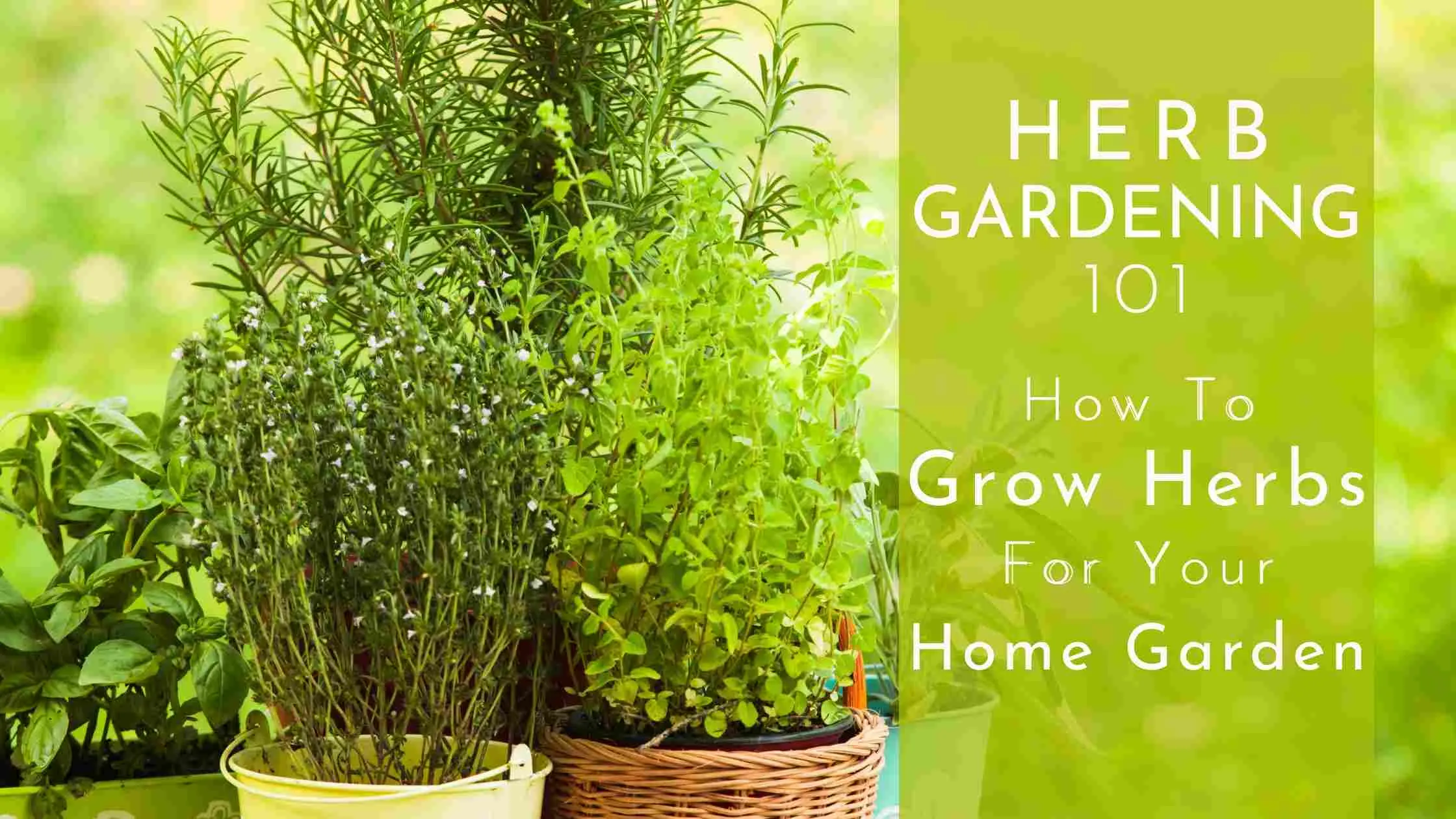How to Set Up Your Winter Garden for Success
Winter in Brampton, Ontario, means snow-covered gardens, frozen soil, and freezing temperatures, but that doesn’t mean you have to wait until spring to think about gardening. Winter is the perfect time to set the stage for your spring garden, even if your raised beds are buried under a blanket of snow.
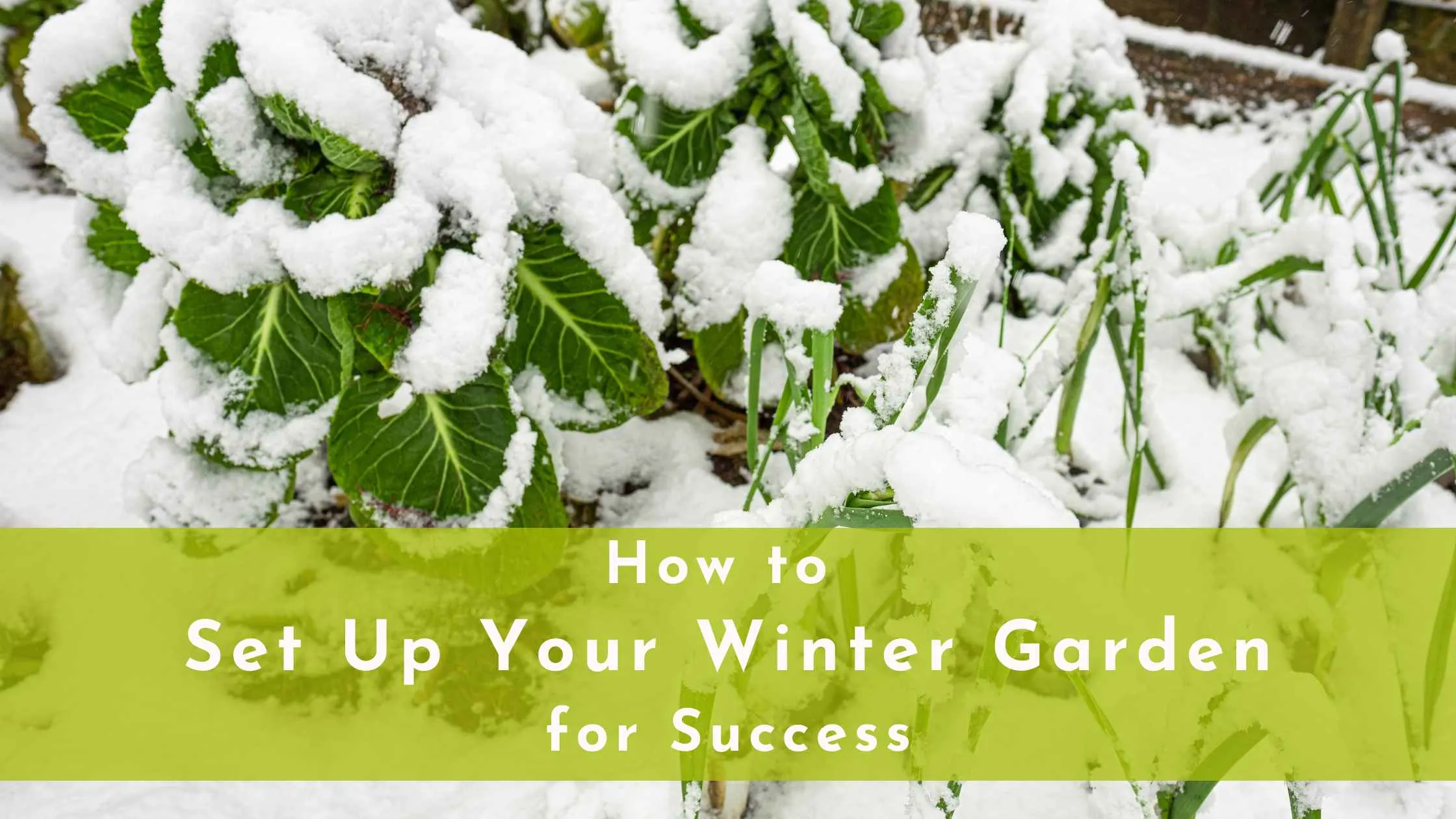
By focusing on planning, preparation, and a few simple winter gardening techniques, you can ensure that your garden is ready to burst with life as soon as the snow melts.
Let’s dive in.
Benefits of Winter Gardening in Cold Climates
When temperatures drop and snow covers the ground, it might seem like gardening has stopped. However, winter gardening provides several benefits that help your garden thrive year-round:
1. Protects Soil Health
Winter gardening practices, like mulching or adding organic matter, keep your soil from eroding and losing nutrients. Snow and mulch create a natural insulation layer, protecting beneficial soil microorganisms from completely freezing.
2. Prepare for Early Spring Planting
Winter is the perfect time to plan for early spring crops. Specific techniques, such as starting seeds indoors or overwintering hardy plants, give you a head start when the growing season begins.
3. Encourages Sustainable Gardening Practices
Focusing on soil health and planning during winter can help build a foundation for a more sustainable garden. Actions taken now can reduce the need for synthetic fertilizers and pest controls later.
Practical Winter Gardening Tips for Snowy Conditions
Winter gardening may look different in a snow-covered climate, but you can still do plenty to prepare for spring.
1. Prepare for Future Seasons
If your raised beds are buried under snow, use this time for planning and organization:
- Plan Your Spring Garden: Review seed catalogs, create a garden layout, and decide on crop rotations. A well-planned garden will maximize your space and increase yields.
- Start Seeds Indoors: If you’re eager to start growing, set up an indoor seed-starting station. Hardy crops like broccoli, kale, and lettuce can be started indoors 6–8 weeks before the last frost date.
- Inspect and Clean Tools: Winter is also a great time to clean and repair gardening tools or purchase any new supplies you’ll need for spring.
2. Use Cold Frames for Winter Gardening
Cold frames are essential for extending the growing season in snowy climates like Brampton. These simple structures act like mini-greenhouses, protecting plants from frost and snow while letting in sunlight.
- How Cold Frames Work: A cold frame traps heat from the sun, creating a warmer environment for plants. It’s ideal for overwintering hardy greens or starting seedlings outdoors as temperatures begin to rise.
- When to Use Cold Frames: As soon as the snow melts, position cold frames over raised beds. This will help the soil warm up faster, allowing you to plant earlier in the season.
3. Mulching Before Snowfall
If you didn’t mulch your beds in late fall, don’t worry. Once the snow begins to melt, you can still apply mulch to protect the soil and retain moisture.
- Why Mulch Matters: Mulch insulates the soil, preventing it from freezing and thawing repeatedly, which can damage soil structure. It also helps suppress weeds and retains nutrients for spring crops.
- Eco-Friendly Mulch Options: Use organic materials like straw, shredded leaves, or wood chips for an environmentally friendly approach.
Soil Preparation Under Snow
Snow doesn’t have to stop you from improving your soil. With patience and creativity, you can start enriching the soil for a productive spring.
1. Add Compost on Top of the Snow
Spread a thin layer of compost over your raised beds, even if they’re covered in snow. The compost will seep into the soil as the snow melts, adding valuable nutrients.
2. Build a Compost Pile
Start a compost pile with kitchen scraps, yard waste, and organic matter. You’ll have nutrient-rich compost ready to mix into your soil by spring.
3. Test and Amend Soil
Once the snow clears, test your soil’s pH levels and nutrient content. Add natural amendments like lime, sulfur, or rock phosphate to address deficiencies.
Tools and Techniques for Snowy Winters
Gardening in snow-covered conditions requires a few specialized tools and techniques. Here’s what you’ll need:
1. Snow-Handling Tools:
- A sturdy shovel to clear paths around your garden.
- A broom or soft brush to remove snow from cold frames or greenhouse structures.
2. Raised Beds Built for Winter:
Choose raised beds made from durable, weather-resistant materials like cedar or composite wood. These will withstand freeze-thaw cycles and last for many years.
3. Frost Protection:
Invest in frost blankets or row covers to protect overwintering crops. These lightweight covers add an extra layer of insulation against freezing temperatures.
Planning for a Winter-to-Spring Transition
One of the most important aspects of winter gardening is planning for the transition to spring. Taking action now will ensure a smooth and productive start to the growing season.
1. Create a Garden Layout
Use the winter months to map out your garden layout. Decide where to plant each crop, considering factors like crop rotation, sunlight, and companion planting.
2. Start Seedlings Indoors
Set up a seed-starting station with grow lights and trays. Starting seeds indoors allows you to transplant robust seedlings into your garden as soon as the soil thaws.
3. Use a Garden Planner or Consultant
For a tailored approach, consider consulting a garden consultant to create a customized transition plan. Our customized garden planning services can help you maximize your garden’s potential and make the most of your space.
Conclusion
Winter gardening in Brampton may require some creativity and patience, but it’s an essential part of setting up your garden for success. By focusing on planning, soil preparation, and protection techniques like cold frames and mulching, you’ll be well on your way to a thriving spring garden.
Don’t let the snow discourage you—embrace this season as an opportunity to prepare, dream, and plan. For more personalized advice, explore our garden planning services or dive deeper into topics like cold frames and soil preparation for spring.
Happy gardening, and here’s to a fruitful growing season ahead!

